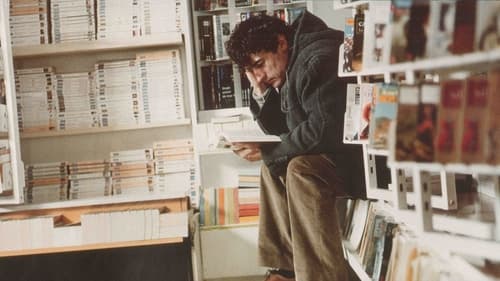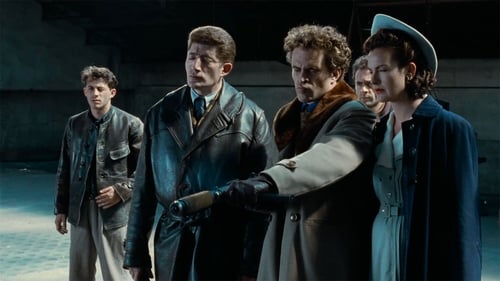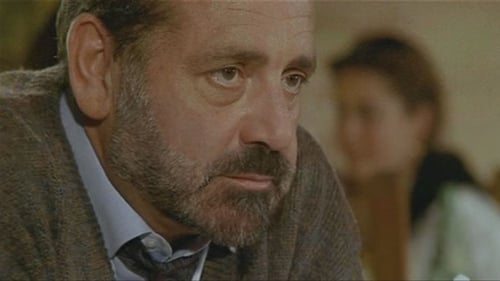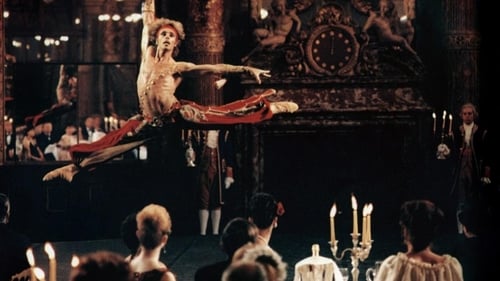
le libraire
A young journalist (Lespert) helps the French President compile his memoirs.

L'homme à l'infarctus
Dr. Bruno Sachs, the only medical practitioner in a small French town, seems on the surface to be compassionate and dedicated. However, in private he is not happy in his work and does not like most of his patients. Here he meets Pauline Kasser, a young woman, and they are attracted to each other...

le colonel Lacaze
A love story or a tale of the resistance, this poignant movie tells both the haunting story of a French resistance cell in Lyon but also the love of Lucie Aubrac for her husband...

On the day Jean Gabin dies, a kidnaper who also takes a fortune in jewels heisted from Cartiers murders Simon Verini's wife. (Simon was fencing the jewels for a youthful gang who robbed Cartiers; he suspects them of the murder.) He's framed for the theft and spends ten years in prison, writing to his daughter, Marie-Sophie, who's 11 when he's sent away. Released, he reconnects to Marie-Sophie and to the young thieves, seeks revenge, and is quickly arrested again. She doesn't know what to make of her father, retreats to her Swiss fiancé, and is flummoxed when one of the young thieves falls for her. Is resolution possible when crime cuts across families and romance?

Paul
A confirmed bachelor, a council employee from a small village, is fascinated by a refined schoolteacher.

Le garde-barrière
O filme acompanha quatro famílias, de diferentes nacionalidades (francesa, alemã, russa e americana), mas com a mesma paixão pela música, das décadas de 1930 a 1960. As várias linhas da história se cruzam repetidamente em diferentes lugares e épocas, com suas próprias partituras temáticas que evoluem com o passar do tempo. O principal acontecimento do filme é a Segunda Guerra Mundial, que reúne as histórias das quatro famílias musicais e mistura seus destinos. Embora todos os personagens sejam fictícios, muitos deles são vagamente baseados em ícones musicais históricos (Édith Piaf, Josephine Baker, Herbert von Karajan, Glenn Miller, Rudolf Nureyev, etc.) A sequência de dança do Boléro no final reúne todos os fios.

Recording of the play 1789, a collective creation by Théâtre du Soleil at La Cartoucherie de Vincennes in 1970, edited from several shows.




